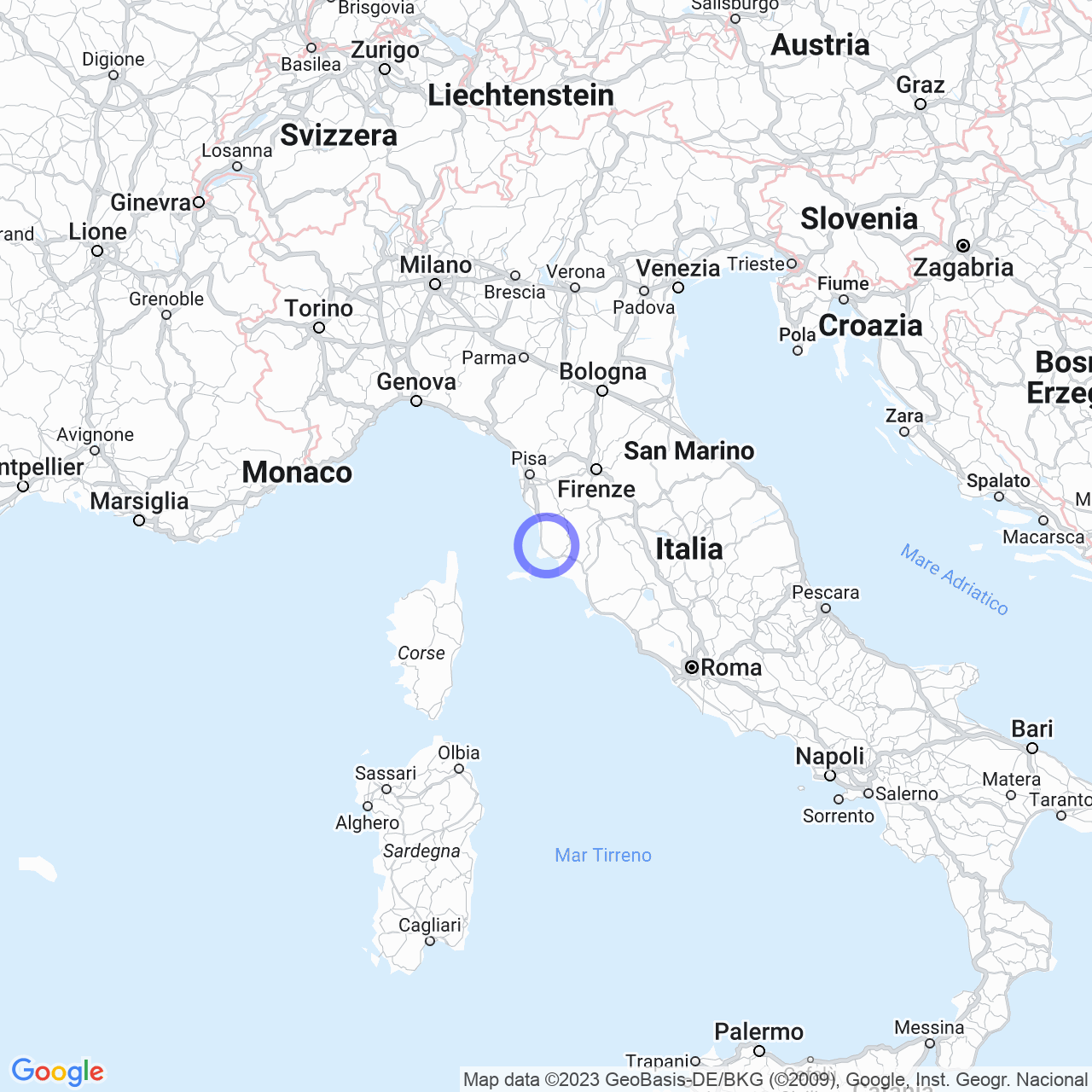Campiglia Marittima
A journey to Campiglia Marittima
If you are looking for a small town in Tuscany to visit, Campiglia Marittima might be your perfect choice. This town, located in the province of Livorno, has about 12,500 inhabitants and is known for its beauty and cultural heritage.
Physical Geography
The municipality of Campiglia Marittima is located in a low seismic area and has a climate classified as Zone D, where atmospheric diffusivity is very high. Its territory is rich in minerals and has many testimonies of the past in the archeo-mining park of San Silvestro.

History
The territory of Campiglia Marittima has been inhabited since Etruscan times and mining has been one of the main economic activities in the area since ancient times. In the 7th century, this area was inhabited by villages, but it was towards the 11th century that the municipality of Campiglia Marittima began to take shape.
The first written mention of the municipality dates back to 1004 when Count Gherardo II della Gherardesca donated half of the castle of Campiglia with its territory and church, along with shares of the nearby castles of Rocca di Acquaviva, Rocca di Biserno and Rocca San Silvestro to the monastery of Santa Maria di Serena.
Rocca San Silvestro is located on the slopes of Monte Calvi and was a fortified village founded in the 10th-11th century by the Della Gherardesca family to control the copper and silver-lead mines of the area. In the 12th century, it belonged to the Rocca family and developed economically. Mining activities began to decline at the end of the century and the village was depopulated until its final abandonment in the 14th century. Today, Rocca San Silvestro is an important testimony to the mining past of Campiglia Marittima and can be visited.
Culture and Tourist Attractions
The municipality of Campiglia Marittima is considered one of the most beautiful hamlets in Italy and is rich in tourist attractions. The church of Madonna di Fucinaia is located at the foot of the village and is an ancient construction erected in the early years of the millennium. The church presents valuable stone decorations, including a statue of the Virgin with the Child and an ornamental fusion of fish scales.
The Pretorio Palace, built in the 13th century, is located in the upper part of the village and is characterized by a magnificent loggia overlooking the square. The palace has recently been renovated and is used for events and exhibitions.
The historic center of Campiglia Marittima is perched on a hill and preserves numerous historic buildings and monuments. Among these, the Clock Tower, the Church of Saints Giovanni and Biagio and the medieval walls, which constitute an authentic treasure trove of history and culture.
But the real tourist attraction of the municipality is represented by the archeo-mining park of San Silvestro, an archeological area that encloses all the tools and machinery used by Etruscan miners to extract the mineral from the underground. The park also has interesting activities for children.
Cuisine
The cuisine of Campiglia Marittima is based on local products, such as fish from the Tyrrhenian Sea and game present in the Maremma Regional Park. Among the typical dishes of the place, I recommend trying the Tonnina di Campiglia, a recipe based on fresh tuna, the guazzetto di cinghiale, and the fish soup.
In addition, the municipality is also known for its wine. The production of wine in Campiglia Marittima has ancient traditions, and many autochthonous grape varieties of the area are still present. I recommend trying the red wine "Monteregio di Massa Marittima DOC," a wine with a strong and full-bodied taste.
Conclusions
In conclusion, Campiglia Marittima is a town of rustic and charming beauty that offers many tourist attractions and historic monuments. The area is also rich in local gastronomic products and delicious wines. So, if you are looking for a destination for your holidays in Tuscany, do not miss the opportunity to visit Campiglia Marittima.
